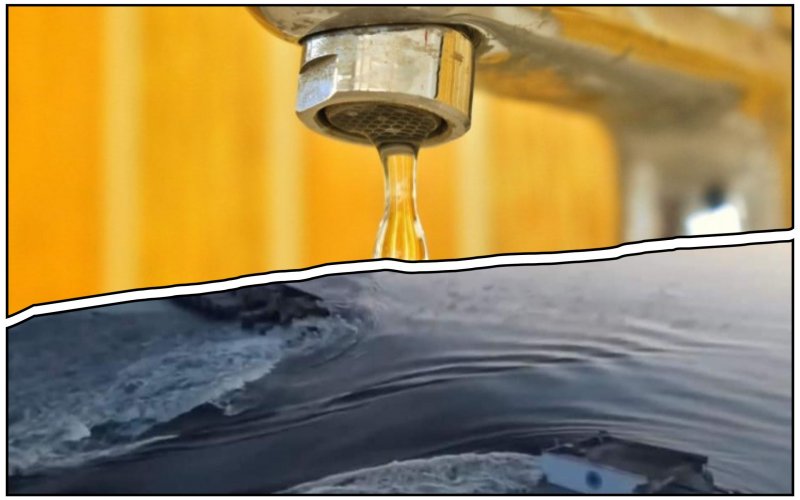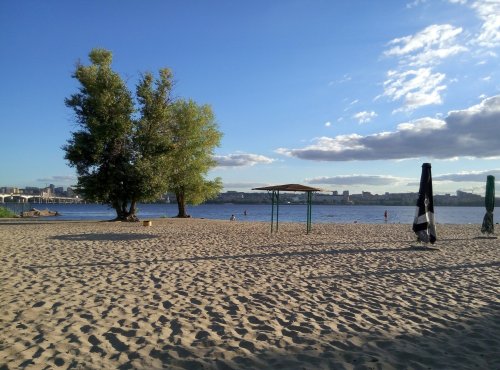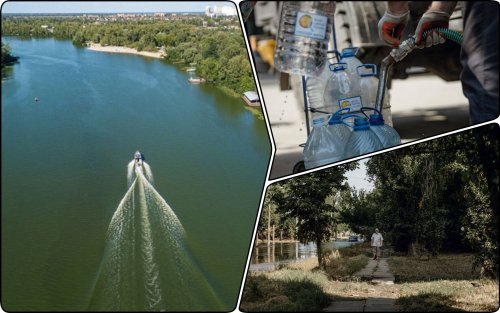In Zaporizhzhia, the water level in the Dnieper fell sharply due to the undermining of the Kakhovskaya HPP dam.
Although the water has receded from the banks by 0.5-10 meters, there are currently no problems with water supply in the city, reports TSN.
According to the officials, the situation is not critical, because there was water irrigation in the spring. Therefore, even before the explosion, the water level on the dam was higher than normal.
Officials noted that the city is currently not threatened by water supply problems. However, there is such a risk in the village of Bilenke, which is downstream. However, spare containers with water have been prepared in the village since winter.
"In the event that there is a need, we have all the necessary means to deliver water to people," said the head of Zaporizhzhya OVA Yury Malashko.
ZOVA emphasized that there is no threat of flooding in the region, because its territory is higher up the Dnieper than the Kakhovskaya HPP. The water level in the Dnipro River is normal.
The article added that there is currently no official information on water supply in temporarily occupied settlements.
Oleksandr Vilkul, the head of the Kryvyi Rih Defense Council, reported in Telegram that the level of the Kakhov reservoir fell by another half a meter overnight, and by 2.5 meters since the destruction of the dam.
He emphasized that the city water supply works normally, water is supplied in all areas of the city, and its quality is controlled by specialists.
Vilkul urged residents of Kryvyi Rih to consume water responsibly and save it.
Earlier, EcoPolitic wrote, that according to OSINT researchers, the ecological and economic consequences of the destruction of the Kakhovskaya HPP can be compared to the consequences of the use of tactical nuclear weapons of 5-10 kilotons.
Previously, EcoPolitic analyzed why the destruction of the Kakhovskaya HPP is already being called the greatest possible man-made disaster of the 21st century.





